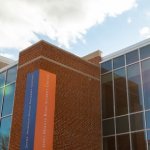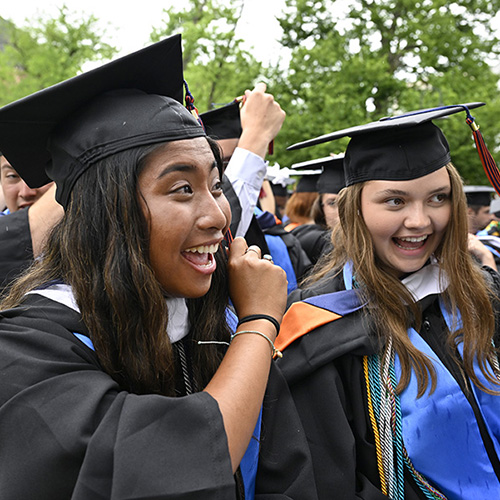
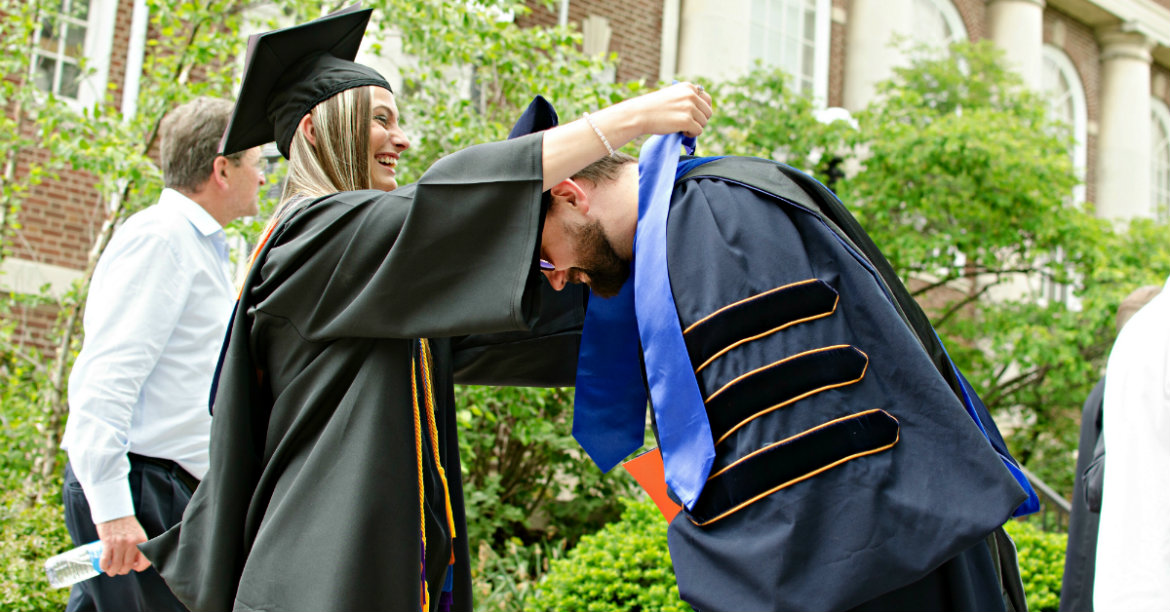
It was the first day of class, and Gettysburg College Economics Prof. Rim Baltaduonis had given his students a challenge: Pretend half of you are buyers and half of you are sellers of a particular item. Given your supply and demand schedules, determine how many of that item will be sold, and at what price.
To sweeten the deal, he told students that he already knew what the experiment’s outcome would be, and if they performed well, they would be given extra credit points.
Of course, it was all a set-up to test the “competitive equilibrium theory,” or the intersection of supply and demand curves—hence how Baltaduonis was able to determine the end result of the experiment. But as it was the first day of class, students didn’t realize that. Instead, they were simply proving the theory in an environment without any assumptions.
“That’s what I love about economics,” said Shannon Brobst ’15. “The theories are proven in the real world every day. It’s the first time I saw how applicable those theories are, and it made me realize this is what I want to do.”
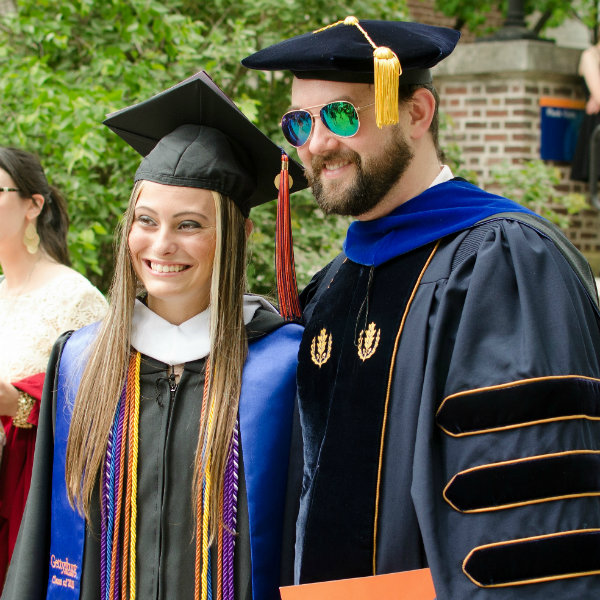
A few years later, Brobst is now working as an economist at Moody’s Analytics—the leading economic researching, risk strategy, and financial modeling firm in the world. She is also pursuing a master’s degree in applied economics at Johns Hopkins University at the same time.
Brobst first visited Gettysburg with her dad, an alumnus from the Class of 1970, for an Alumni Weekend admissions session. She attended the session with the sole intention of checking a box on her father’s list, but left convinced that this was the right school for her.
“That day, I just fell in love with the campus. It was everything I wanted,” Brobst said.
Everything she wanted entailed the opportunity to study economics beyond what she was exposed to as a high school student, plenty of cocurriculars and intramural sports, and an active and engaged Greek community.
The highlight, though, was the one-on-one conversations she was able to have with students prior to enrolling.
“No one was watching, no one was putting on a show, but these students took the time out of their day to tell us what they love about the College,” Brobst recalled. “I definitely became one of those people during my time at the College, too.”
She got involved in the campus community before she arrived on campus by signing up for an Ascent trip, spending the days before Orientation rock climbing, back packing, and getting to know the handful of other incoming students who signed up for the same trip. Later, she joined the equestrian team and dance ensemble, declared a double major in economics and public policy, became an active member of Tri Sigma, and dove into her courses. By the time she graduated, she completed three senior theses—one in public policy, one in macroeconomics, and one honors thesis in experimental economics.
Of all the courses she took, she recalls Prof. Char Weise’s Monetary Policy course quite vividly, in part because of its preparation for and participation in the Federal Reserve Challenge, a collegiate competition sponsored by the Federal Reserve System.
Essentially, students spent the course reviewing real-time data from the federal government. This data was then used to make projections about the US and world economies and recommendations regarding monetary policy. Students would present and defend their conclusions in class, and later, against other collegiate teams before a panel of judges.
“I was one of the youngest students, so it was certainly challenging, but I loved it because it was all current world events,” Brobst said. “It wasn’t only theory, it was what is actually going on in the world. It also turned out to be one of the most useful classes I’ve had at Gettysburg for what I do in my job today.”
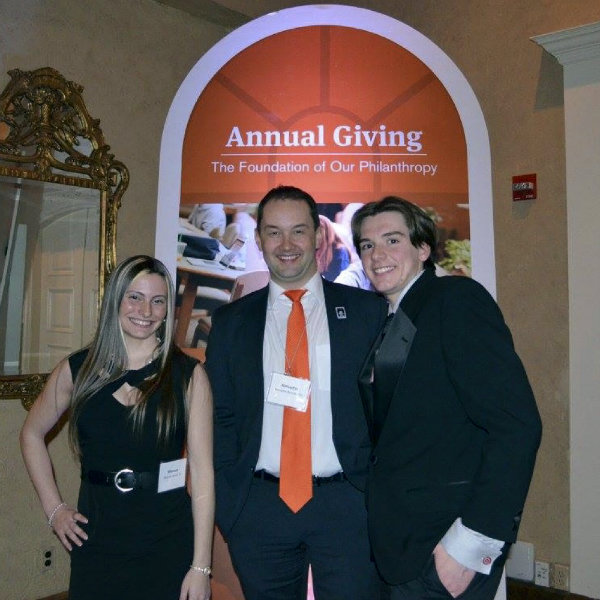
It was a casual conversation with a fellow Gettysburgian that connected her to her current position at Moody’s. Brobst was attending an on-campus alumni event, helping Baltadounis demonstrate the same experiment she did in his class when she ran into Mike McGrane ’14. As an employee at Moody’s, he encouraged her to apply for an opening and gave her a strong recommendation.
A few months later, Brobst was surprised to find herself on the phone with a representative from the company.
“She was firing questions at me in a way that made me feel like I was back in Prof. Weise’s class,” Brobst said. “What kind of fiscal and monetary policy should the government and Fed implement given the current economic climate? What do you think of imports and exports? Talk about the current economy and where it’s going. It was everything I learned as an economics major rolled into one conversation; I felt very well prepared for it.”
Now, she provides economic data, analysis, and customized reports and forecasting for specific counties across the country and select clients.
And while she is pursuing her master’s to secure future career advancement, for now, she is happy that her undergraduate degree has prepared her well enough to keep pace in a demanding and technical field.
“The amount of macroeconomics I learned in undergrad was really equivalent to what my peers with a master’s degree were doing,” Brobst explained. “It’s a great starting point. There is still so much more that I can learn, but just being able to keep up with the many great economists here at Moody’s and even hold my own—that’s been pretty cool.”
